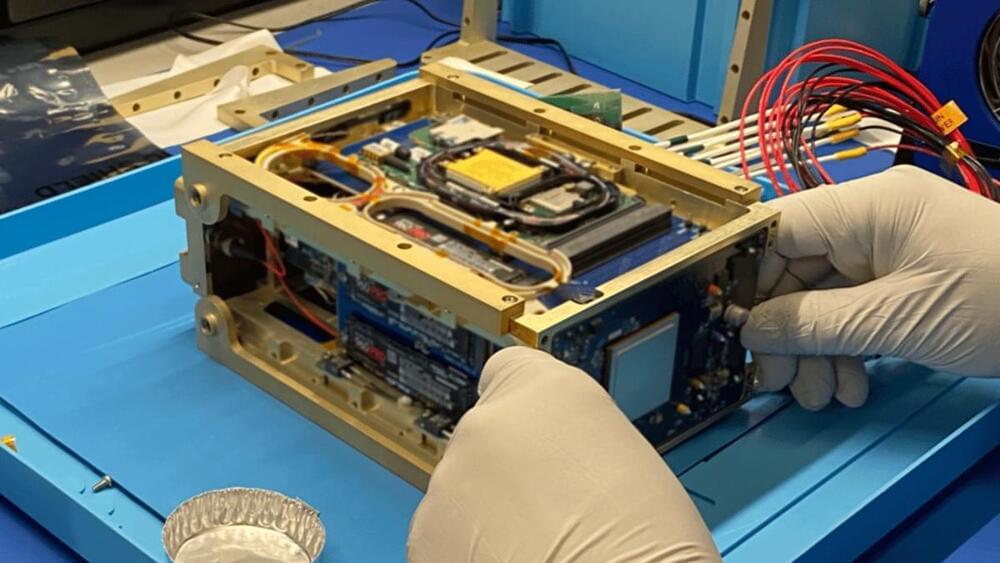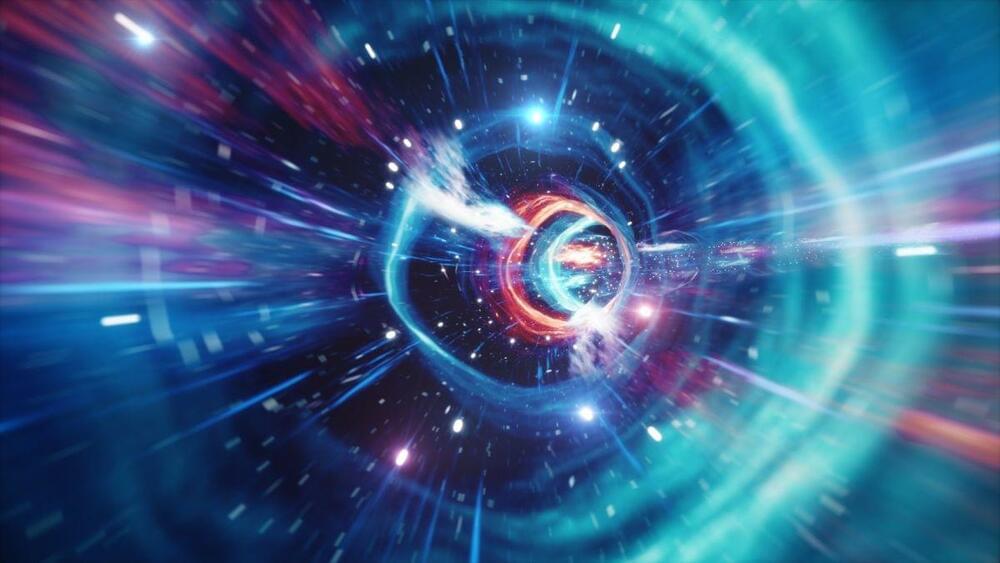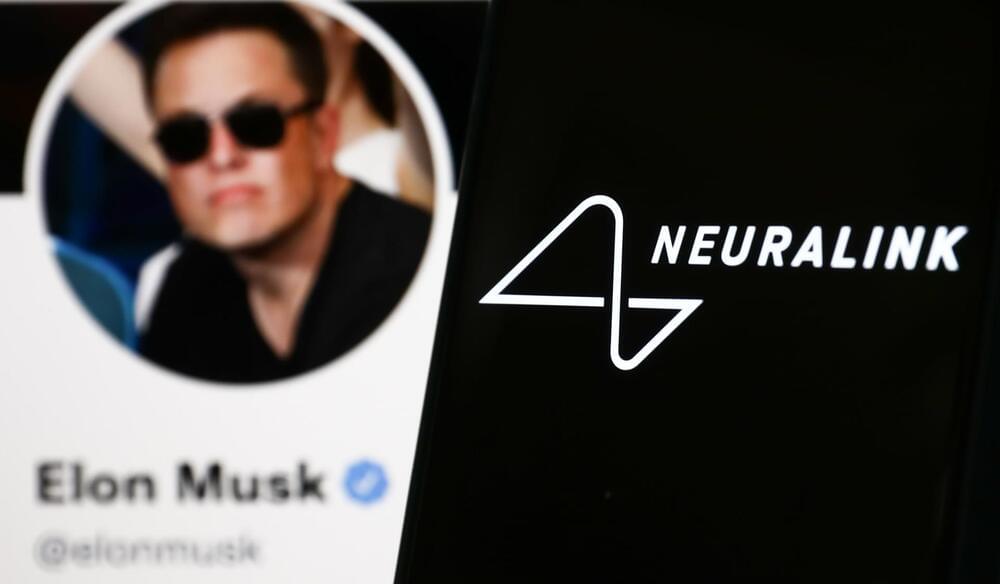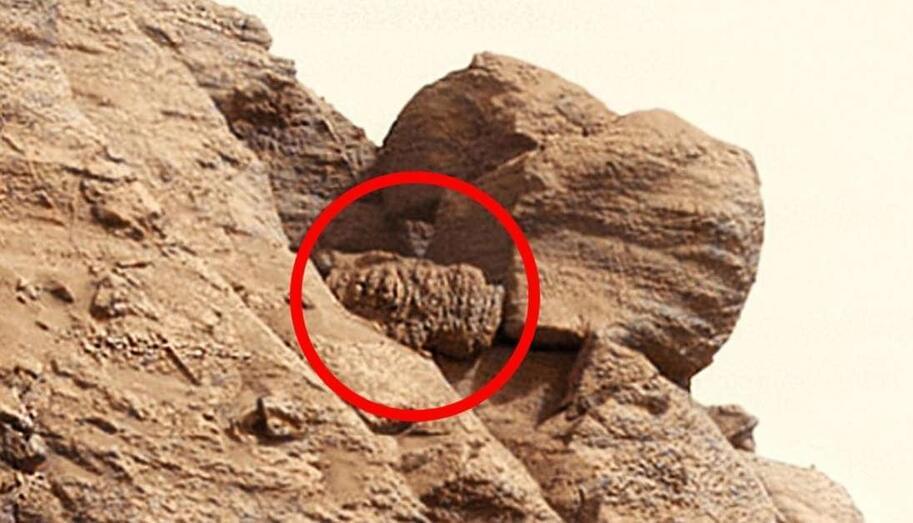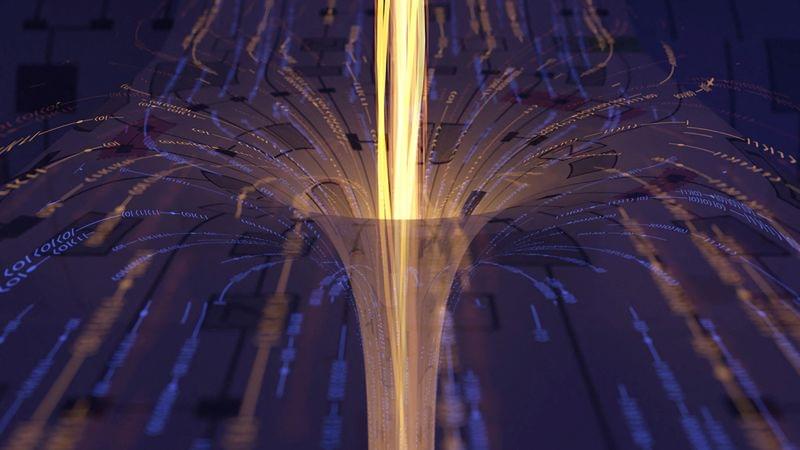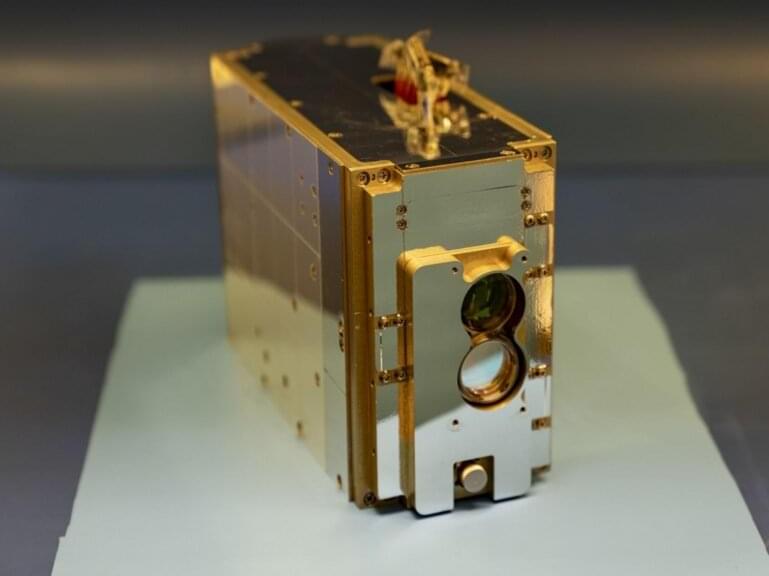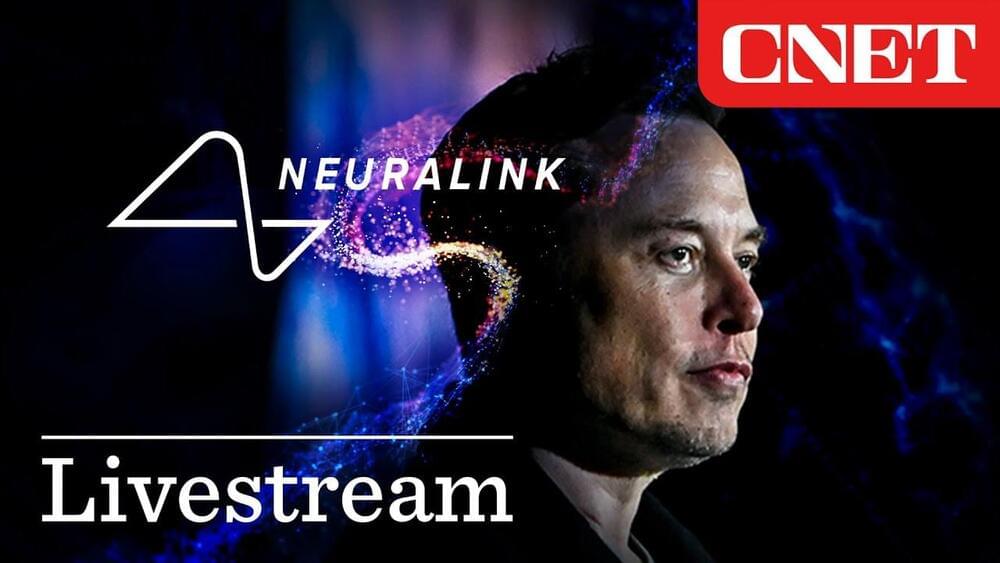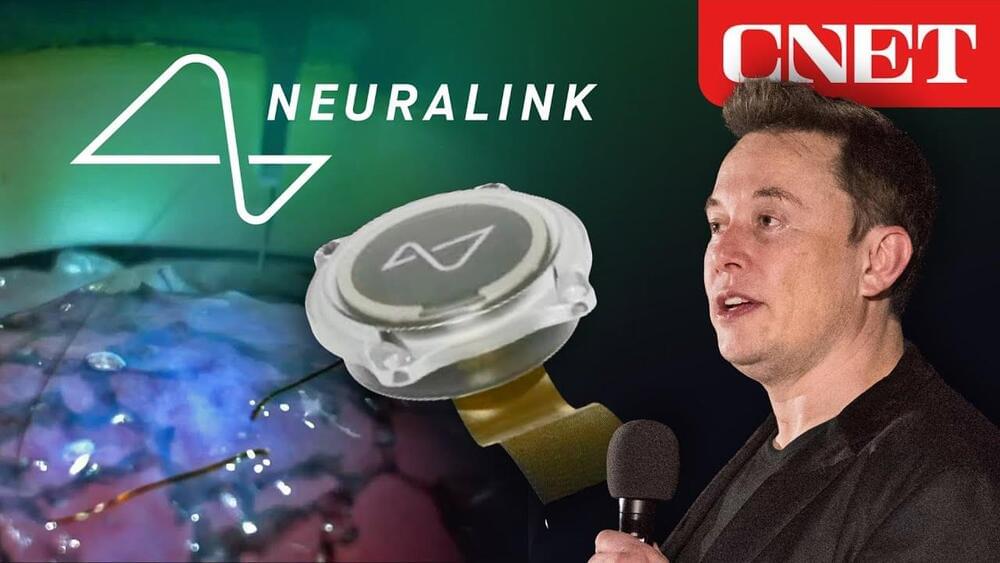An unusual teleportation experiment uses ordinary quantum physics, but was inspired by tunnels in an exotic ‘toy universe’.
Category: computing – Page 320
A small satellite developed by MIT engineers has set a new record for data transmission between a satellite and Earth. The TeraByte InfraRed Delivery (TBIRD) system used a laser to beam huge amounts of data at up to 100 gigabits per second (Gbps).
This data transmission speed is far greater than most connections you’ll get between the sky and the ground. SpaceX’s Starlink satellite internet offers up to 500 Mbps to Premium customers, and even the International Space Station’s data transmission tops out around 600 Mbps. That makes TBIRD up to 200 times faster.
The key difference is that most satellites communicate with ground stations via radio waves. TBIRD, on the other hand, uses laser light, which can carry up to 1,000 times more data in each transmission. Lasers come with their own hurdles though – the beams are much narrower, requiring more precise alignment between transmitter and receiver. And the light can be distorted by the atmosphere, leading to data loss. So TBIRD was designed to overcome these issues.
Cajal Neuroscience, a biotechnology company integrating human genetics, functional genomics and advanced microscopy to discover novel targets and therapeutics for neurodegeneration, has launched with the completion of a $96 million Series A financing.
The financing was led by The Column Group and Lux Capital, with additional participation from Two Sigma Ventures, Evotec, Bristol Myers Squibb, Alexandria Venture Investments, Dolby Family Ventures and other investors.
Longevity. Technology: Seattle-based Cajal is committed to discovering novel therapeutics for neurodegeneration; by focusing on the mechanistic, spatial and temporal complexity of neurodegeneration, the biotech’s powerful platform is designed to unlock the complexity of disease at unprecedented scale, and integrates expertise in neuroscience, neuroanatomy and computational biology with state-of-the-art technologies for high-throughput functional validation.
Quantum experiment conducted on Google’s Sycamore 2 computer transferred data across two simulated black holes, adding weight to the holographic principle of the universe.
Elon Musk is trying to help the paralyzed to move again, through electrodes in the cerebral cortex.
Neuralink, the strange and somewhat vague brainchild of Elon Musk, held an event Wednesday that the CEO of Tesla, SpaceX and Twitter called a “show and tell.” And show and tell it did — as a monkey welcomed the audience by typing a message through a brain-computer interface.
Neuralink’s product records action potentials of neurons in the brain. This is done by placing an electrode close enough to the synapse of two neurons in the brain and taking a recording of its electrical impulse.
Taiwan Semiconductor Manufacturing Co. will offer advanced 4-nanometer chips when its new $12 billion plant in Arizona opens in 2024, an upgrade from its previous public statements, after US customers such as Apple Inc. pushed the company to do so, according to people familiar with the matter.
Sign up for CNN’s Wonder Theory science newsletter. Explore the universe with news on fascinating discoveries, scientific advancements and more.
In science fiction – think films and TV like “Interstellar” and “Star Trek” – wormholes in the cosmos serve as portals through space and time for spacecraft to traverse unimaginable distances with ease. If only it were that simple.
Scientists have long pursued a deeper understanding of wormholes and now appear to be making progress. Researchers announced on Wednesday that they forged two minuscule simulated black holes – those extraordinarily dense celestial objects with gravity so powerful that not even light can escape – in a quantum computer and transmitted a message between them through what amounted to a tunnel in space-time.
In May 2022, the TeraByte InfraRed Delivery (TBIRD) payload onboard a small CubeSat satellite was launched into orbit 300 miles above Earth’s surface. Since then, TBIRD has delivered terabytes of data at record-breaking rates of up to 100 gigabits per second—100 times faster than the fastest internet speeds in most cities—via an optical communication link to a ground-based receiver in California.
This data rate is more than 1,000 times higher than that of the radio-frequency links traditionally used for satellite communication and the highest ever achieved by a laser link from space to ground. And these record-setting speeds were all made possible by a communications payload roughly the size of a tissue box.
MIT Lincoln Laboratory conceptualized the TBIRD mission in 2014 as a means of providing unprecedented capability to science missions at low cost. Science instruments in space today routinely generate more data than can be returned to Earth over typical space-to-ground communications links. With small, low-cost space and ground terminals, TBIRD can enable scientists from around the world to fully take advantage of laser communications to downlink all the data they could ever dream of.
Tune in at 6:00pm PT / 9:00pm ET on Wed. Nov. 30 when Neuralink’s Elon Musk reveals the latest advancements in Neuralink’s brain-computer interface technology.
Neuralink: Everything to Know About Elon Musk’s Brain Chip https://youtu.be/Qih2NJwt56c.
Elon Musk’s Next Neuralink Demo Is Coming. Here’s How to Watch https://cnet.co/3u81ixw.
Never miss a deal again! See CNET’s browser extension 👉 https://bit.ly/39Ub3bv.
#elonmusk #neuralink #cnetlive
Elon Musk and researchers at Neuralink reveal a series of demos showing the progress in the company’s brain-computer interface technologies.
Never miss a deal again! See CNET’s browser extension 👉 https://bit.ly/3lO7sOU
Follow us on TikTok: https://www.tiktok.com/@cnetdotcom.
Follow us on Instagram: https://www.instagram.com/cnet/
Follow us on Twitter: https://www.twitter.com/cnet.
Like us on Facebook: https://www.facebook.com/cnet

